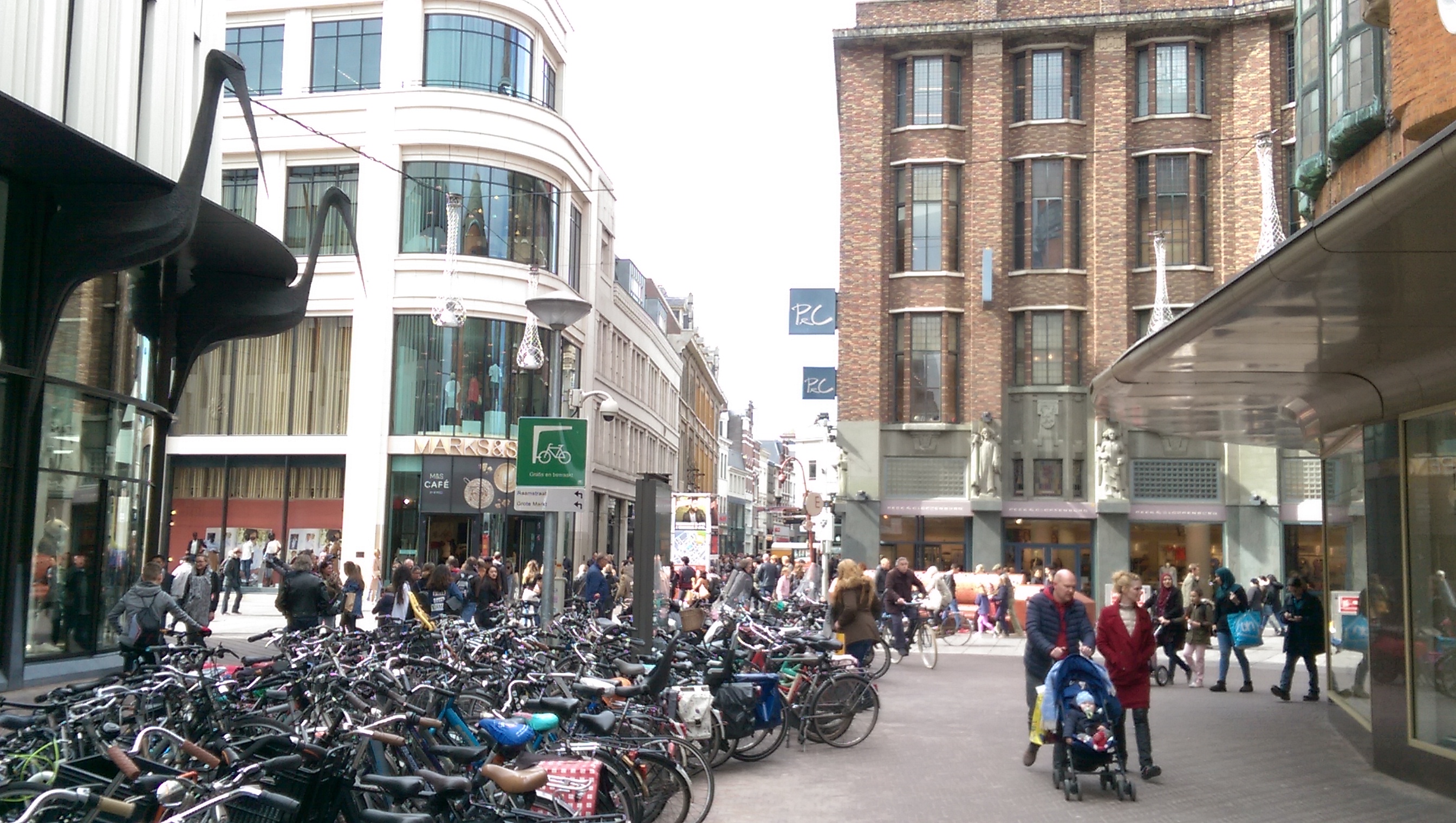
Uploaded on 2017-04-14 by Joeri Bijster
In my place of residence, The Hague (The Netherlands), it is known since 2012 that there are a lot of Urban Heat Islands. The seriousness and of these islands and the heat stress for the people is underlined by the municipality, but there aren’t many policies targeting this topic. There is data from a research conducted by TNO in 2012, and two maps have been produced showing how the city centre is by far the warmest area. The research points out that The Hague has an UHI effect of 8.6 to 15.4 degrees Celsius which is high compared to other cities in Holland. For this the explanation is given that the city has the highest fraction of asphalted and built area (0,49). I have uploaded 2 images, one of the city centre and one of the dune area (this one cannot be uploaded in the upload tool!), both in the municipality of The Hague. The contrast is obvious, the vast amount of green in comparison to a 100% built, asphalted and generally crowed area. The city centre has a big effect on the UHI while the surrounding rural area hasn’t. In order to provide a more livable environment to the citizens, I would propose to seek space for more water and green areas in the city centre. I believe this is an important measure that could reduce the UHI. The second thing I would do is encourage the transformation of the roof tops by making them suitable for vegetation and giving them a lighter colour. One example of a policy in my community that reduces the UHI effect is the implementation of two urban farms/playgrounds. These are areas where neighbours work together growing vegetables and herbs, while children can play in the (artificial) nature.